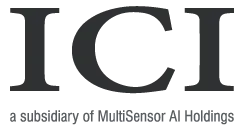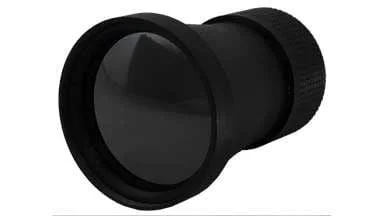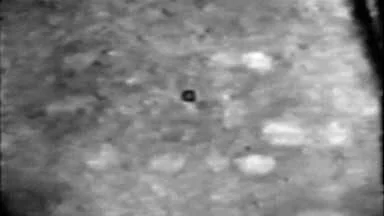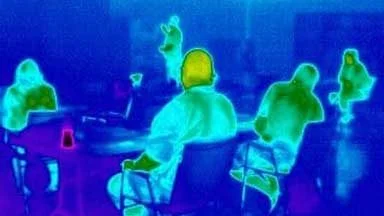In the COVID-19 outbreak, the country has looked to our healthcare system with increased interest. As we stayed home to flatten the curve, we relied on doctors, nurses, and hospital staff to keep patients and visitors safe. Now months in, changes in hospital service have become part of the new normal. From required PPE and COVID-19 wings to telehealth and temperature screening at the door, hospitals continue to take precautions. This ensures the health of staff, patients, and visitors.
Like most things, hospitals look a little different right now. Staff have spaced out waiting rooms for distancing, and visitors aren’t allowed in many cases. Nurses advise patients to call ahead of their visits, so staff can plan ahead for potentially infected individuals. Doctors are delaying or moving elective appointments and procedures online. To better explain, we’ve detailed common adjustments that hospital service has made to ensure public safety.
Limiting Healthcare System Visitors
As the CDC recommends, many hospitals only allow visitors who are necessary for the well-being or treatment of a patient. Nurses encourage patients to contact visitors by phone while being treated in the hospital. Those who must be physically present have to pass an evaluation and screening for infection risk. For childbirths, some hospitals are allowing one visitor to share the moment with the mother. Fewer people mean less chance of infection entering the hospital.
Healthcare System Temperature Screening
Hospitals also use temperature screening to identify potential COVID-19 cases. Many use temperature guns or an infrared camera system to detect an elevated temperature. The CDC advises that hospital service staff set up a screening system outside of the hospital, and screen everyone who enters. This helps identify symptomatic staff, visitors, and patients before they can spread infection.
Attended Solutions
Temperature screening solutions involving an appointed operator to monitor screening are perfect for high traffic areas in a hospital. These systems use thermal cameras, temperature references, and a screen for maximum accuracy. They quickly and easily check people for an elevated temperature as they approach the camera. Screening stations with an operator allow for centralized monitoring with a plethora of alerts enabled. This makes systems convenient to integrate into existing security and check in systems, all while the operator is able to follow recommended social distancing guidelines.
Self-Service Solutions
Self-service screening kiosks are easy to integrate and are ideal for low to moderate levels of traffic like employee entrances. Upon arriving, employees follow prompts on the kiosk screen to get their temperatures scanned. The kiosk then prints out a badge displaying the employee’s picture and temperature result. The badge feature is perfect for restricting access to certain areas of the hospital, without undergoing a temperature screening.
General Hospital Services and Patients
Hospital service has also adjusted the way they care for non COVID-19 patients to reduce the risk of infection. While the first option is still to conduct appointments over the phone or video, sometimes it is necessary for a patient to go to the hospital. The CDC advises all hospitals to monitor case transmission in their area to make decisions. Staff might use daily screenings or require COVID-19 testing of all admitted patients. They may place physical barriers between patients and staff. Some hospitals use outdoor examination areas and triage stations. They may also isolate COVID-19 patients in certain areas of the hospital.
ICI’s Hospital Support Services
At ICI, our aim is to make it easy for hospitals to use infrared solutions for fast and accurate temperature screening. We are here to support all medical staff and patients as you strive to keep people safer in hospitals. Every hospital has its own existing security and admittance structures and making changes to those can require tedious work. But our systems use centralized monitoring helping simply the integration into current systems and relieving unneeded stress through the process.
Maintaining distance is something we have learned to implement into our day to day lives. The structure of our temperature screening solutions cultivates a seamless way to keep a safe distance between the system operator and patient. Because our systems can be touchless, there is less risk of contamination. Tools like these, set visitors, patients, and staff at ease by catching COVID-19 symptoms at the door.
Slow the Spread with Infrared
Health service has and continues to adapt to ensure public health. Whether it means limiting visitors, temperature screening, or extra measures for Non COVID-19 patients, the healthcare system is working to keep us as safe as possible. As hospitals move forward into the new normal, some are beginning elective surgeries and non COVID-19 exams again. And ICI is here to help. Learn more about which of our infrared temperature screening solutions is the best fit to help your facility slow the spread.






